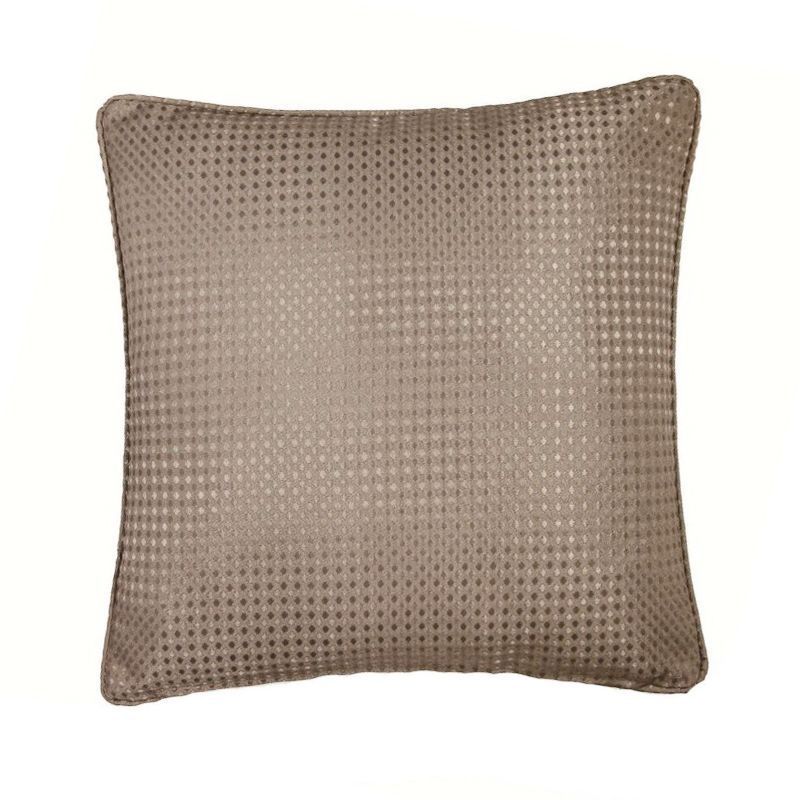

The susceptibility of sandwich structures to impact damage is one of the main reasons why the sandwich concept is not yet used in large primary aircraft structures. The impact damage on the surface of the sandwich panels may be barely visible and can hide damage in the core that may lead to significant degradation in the strength and stiffness of the structures, ,, ]. Typically, this kind of structure can be optimised for the anticipated load-carrying capacities and is widely used in the aerospace industry to reduce weight and improve fuel economy.Īlthough sandwich composites have the potential for improving structural efficiency and reducing manufacturing costs, in an aerospace application they are susceptible to impacts caused by such factors as runway debris, hailstones, and dropped tools causing permanent indentation to occur even at relatively low loading levels, ,, ,, ,, , ]. Birman and Kardomateas gave a review of current trends in research and modern applications of sandwich structures which consist of a lightweight core and two thin but stiff face-sheets. Sandwich structures are extensively employed in the design and construction of lightweight transportation systems as they combine high stiffness and strength with relatively low weight, ,, ,, ,, ]. The predicted maximum deflection and impact force history are compared with published experimental and finite element results, and lower and upper bounds of the maximum dent depth are obtained. This study advances the understanding of the role of face-sheet plasticity in low-velocity impact response of honeycomb sandwich panels by having the ability to incorporate either the energy absorption from elastic deformation or the energy dissipation from plastic deformation of the face-sheet depending on the severity of the damage state in the dented region. The internal physical mechanism in the system is proved to be reasonable by comparing the energy converting history with published data. A modified Lagrange's function for this model is then proposed by extending the application of Hamilton's principle from elastic bodies to face-sheets with plasticity. 248 Bay Road, Hamilton, 97, new analytical modelling method for the study of low-velocity impact response in honeycomb sandwich panels with metallic face-sheets is proposed by using Hamilton's principle. “He wanted to make sure he got a good neighbor,” says his daughter. James Kroesser’s law practice is in the building in front of Honeycomb and when the little space with which he shared a parking lot came up for sale some years ago, he bought it. Lauren Moran, who grew up in neighboring Wenham, was the executive pastry chef for Eastern Standard and its sibling restaurants. Chocolate chip is the most popular, along with blueberry muffins. There’s a farro bowl with a blistered tomato, grilled burrito, pressed turkey sandwich, blackened chicken Caesar, muffins, tarts, and big, deliciously chewy cookies. She and her crew are making bagels, sourdough bread, French baguettes, focaccia, biscuits - at breakfast they might be filled with a fried egg, goat cheese, and arugula - and a host of sandwiches and tartines.

“Try as we might, we sometimes sell out before we close,” says Lauren Moran. Light pours into the warm, welcoming cafe and its many tables confections go fast.

Lauren Kroesser Moran and her husband, Billy Moran, who own Honeycomb with her parents, James and Mary Etta Kroesser, had to take down a similar structure in the same spot because it had so many problems. In this North Shore town, with its winding roads, old houses, manicured lawns, and horseback riders, the little house looks like it might have been there forever.
#Honeycomb hamilton windows
The front door and trim on tall storefront windows are painted sky blue and a stone walkway leads to the entrance.

The popular bakery-cafe Honeycomb in Hamilton sits behind an office building looking like a small New England cottage that someone has given a lot of attention.


 0 kommentar(er)
0 kommentar(er)
